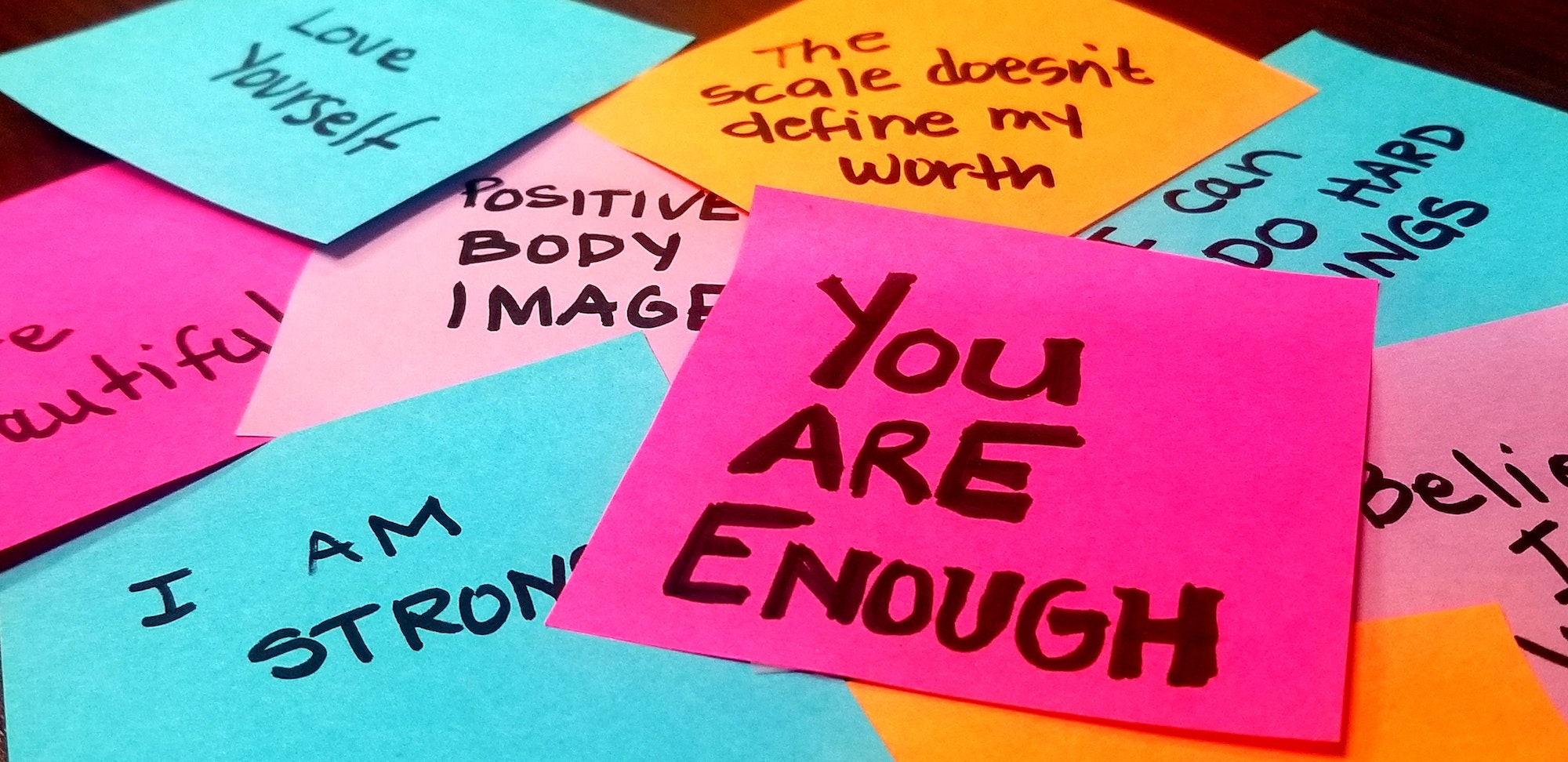
Tag: Self Help
Page 1/3


Health, Mental Health, Opinion, Self-Improvement
The Connection between Nature and Mental Wellness

Health, Mental Health, Opinion, Self-Improvement
Mind Over Matter: Understanding the Connection Between Mental and Physical Health

Stuck in a Rut? Here’s How to Get Moving Again

Mental Health, Opinion, Self-Improvement
How to Turn Your Negative Self-Talk into Positive Affirmations

Mental Health, Opinion, Self-Improvement
Self-Care 101: How to Take Care of Your Mental Health

Navigating the World of Therapy: A Guide to Finding the Right Help

Mental Health, Opinion, Self-Improvement, Society
Breaking the Silence: Opening Up About Mental Health

Anxiety, Depression, and Beyond: Understanding Different Mental Health Conditions

